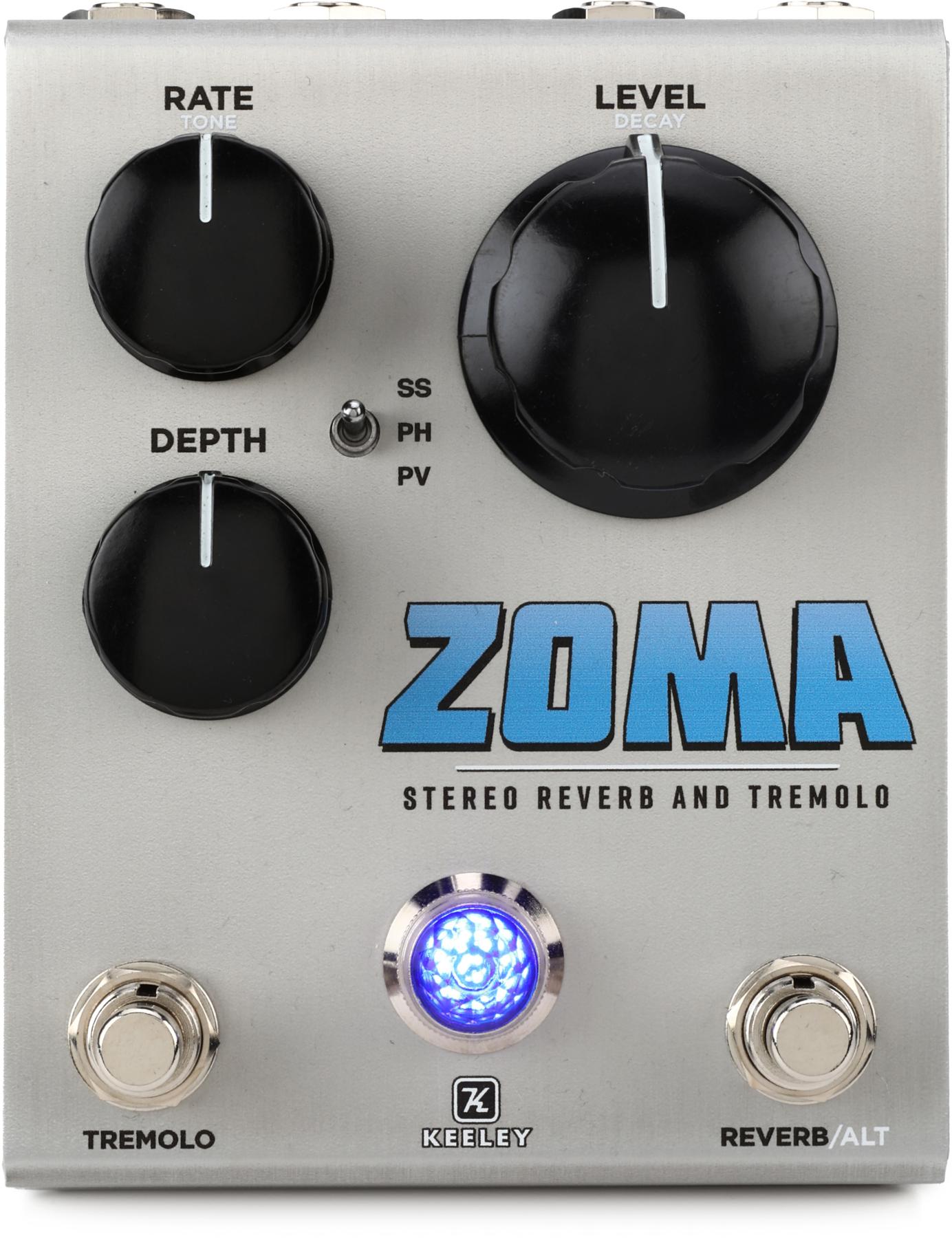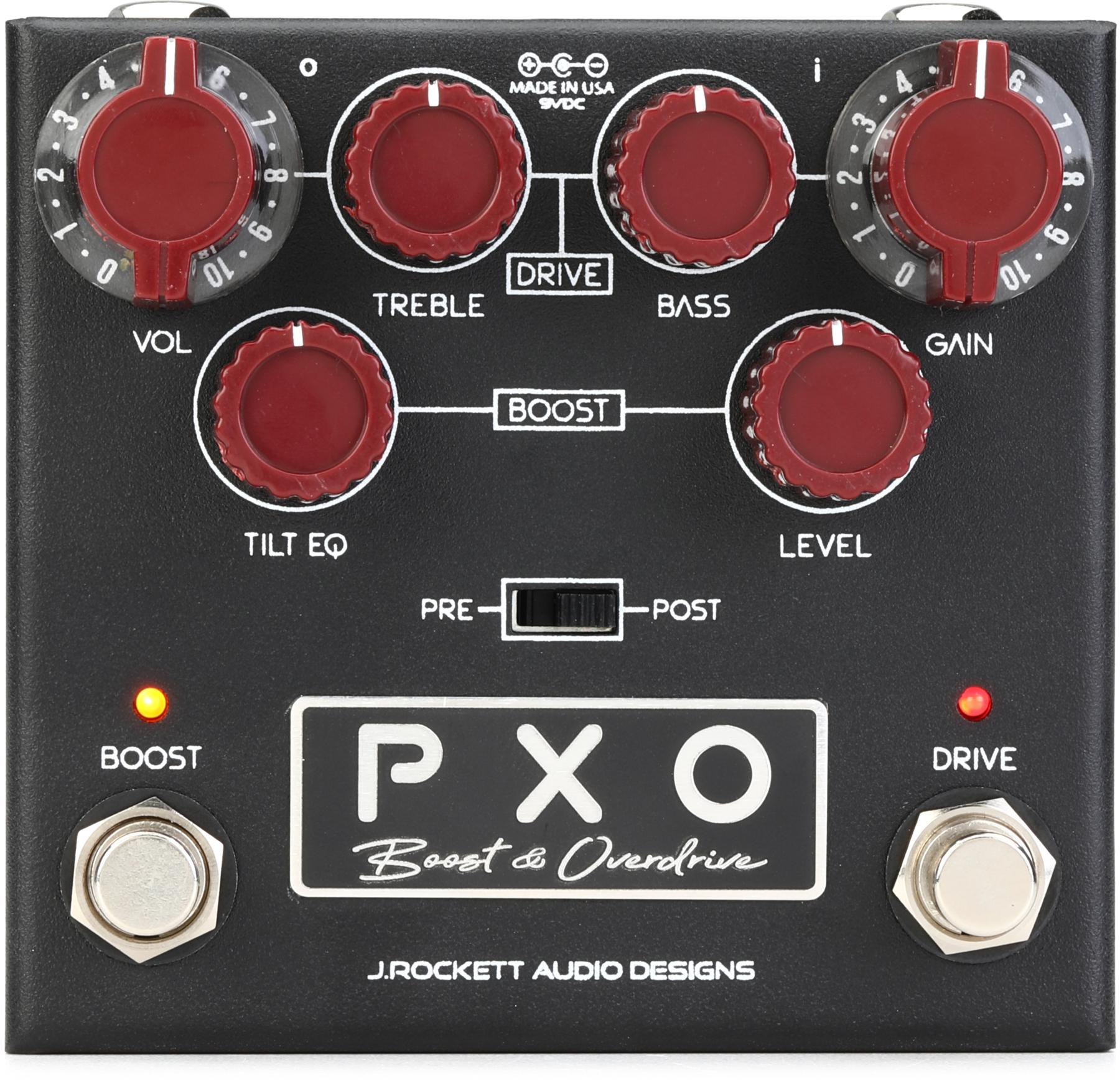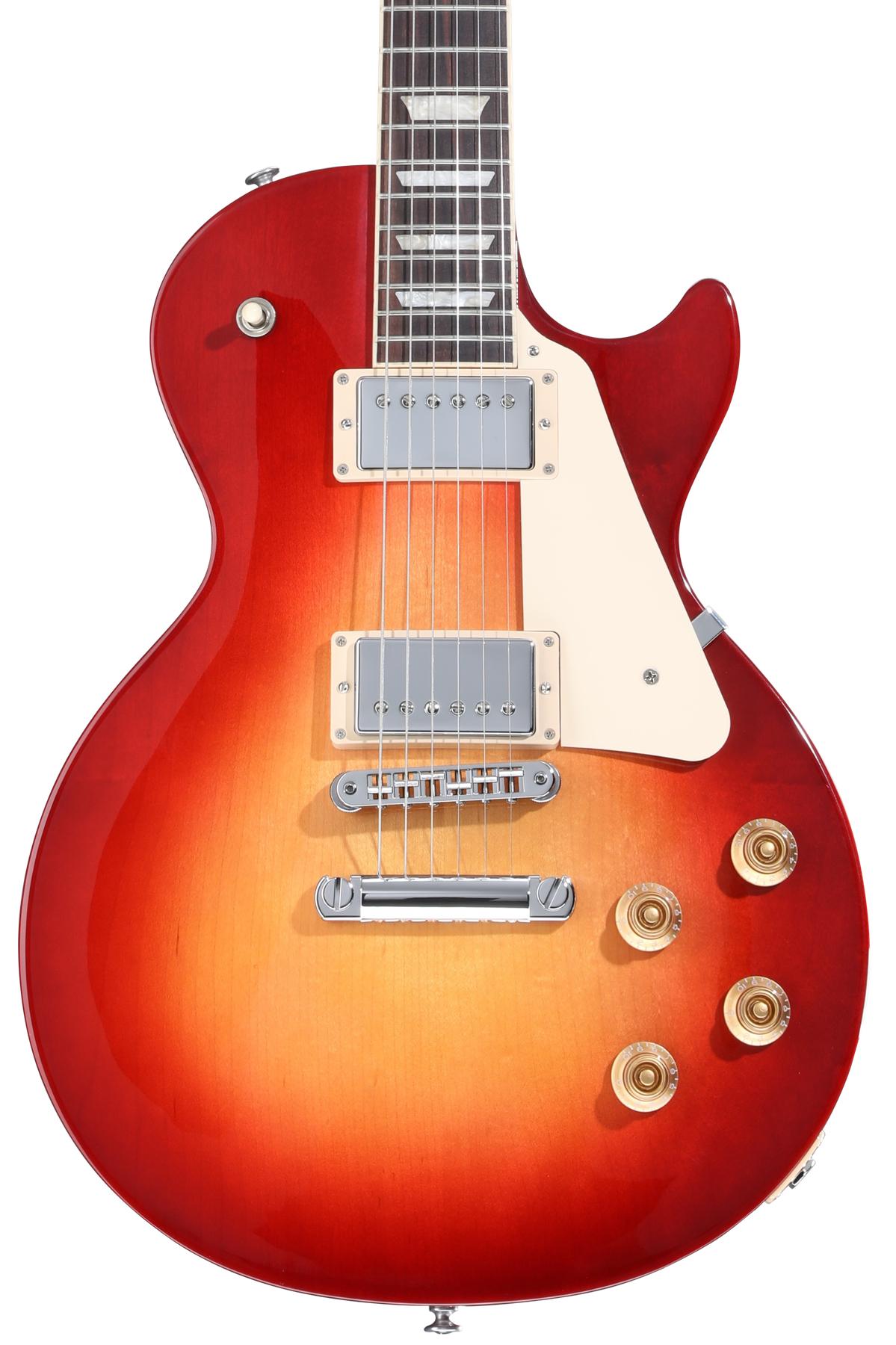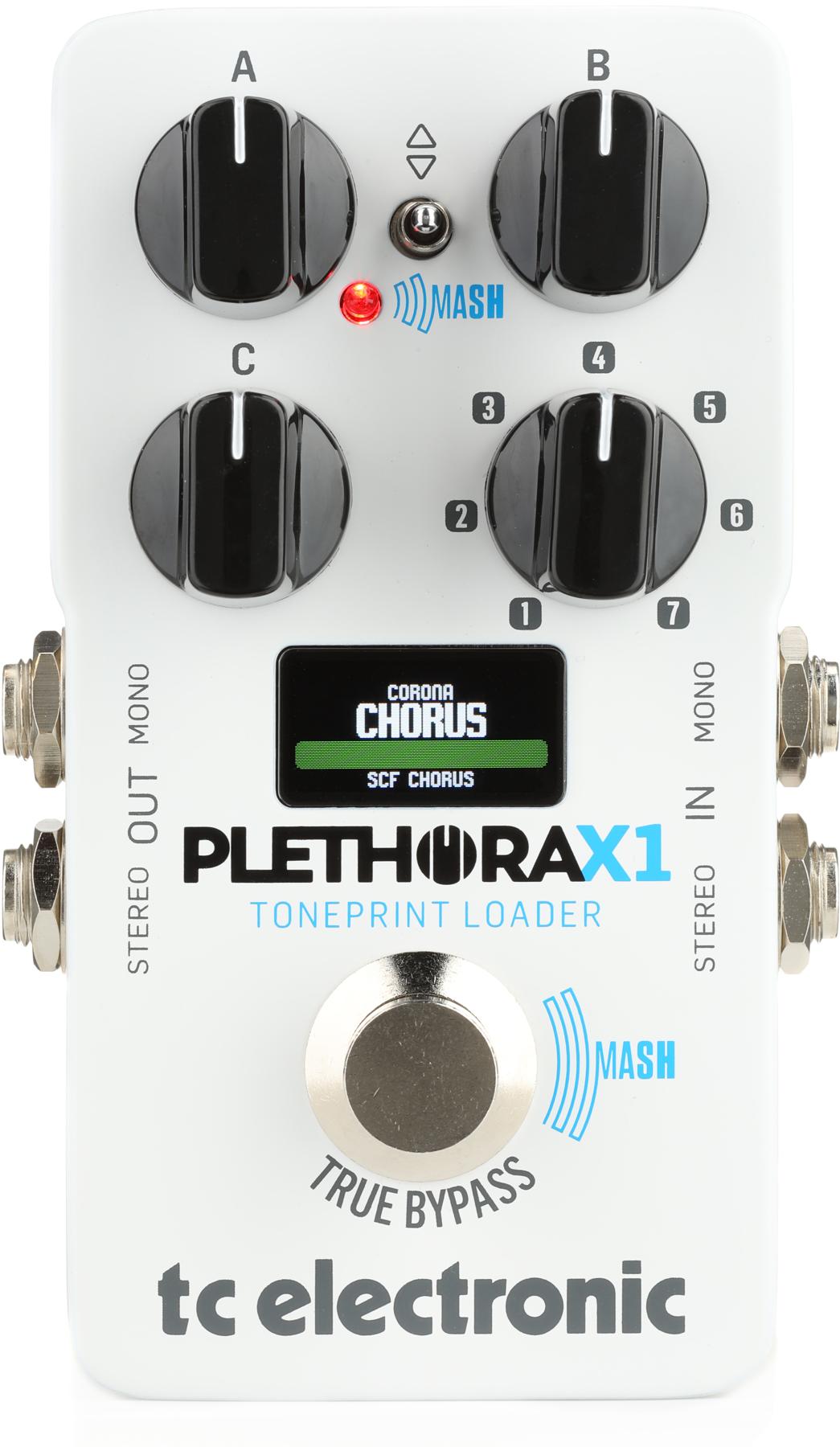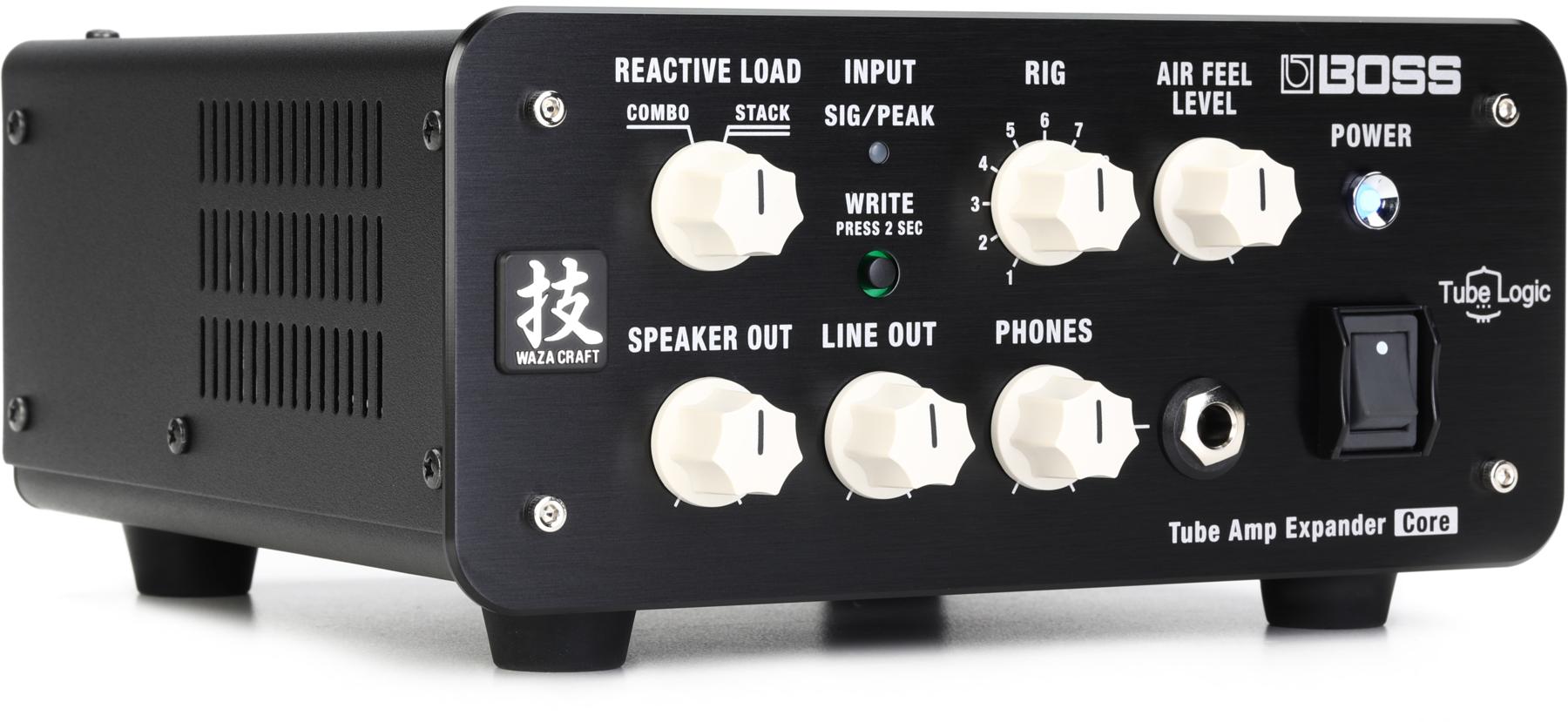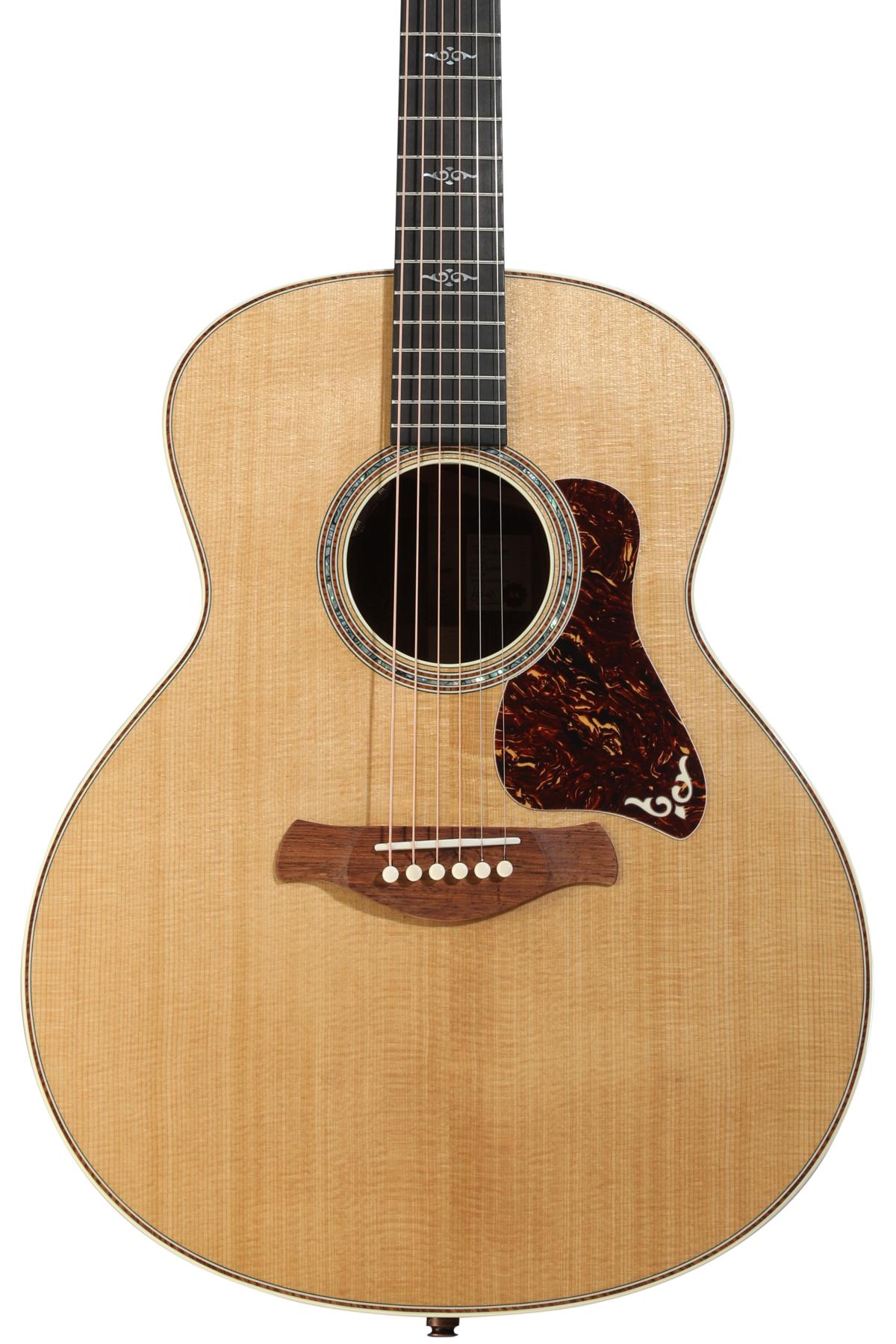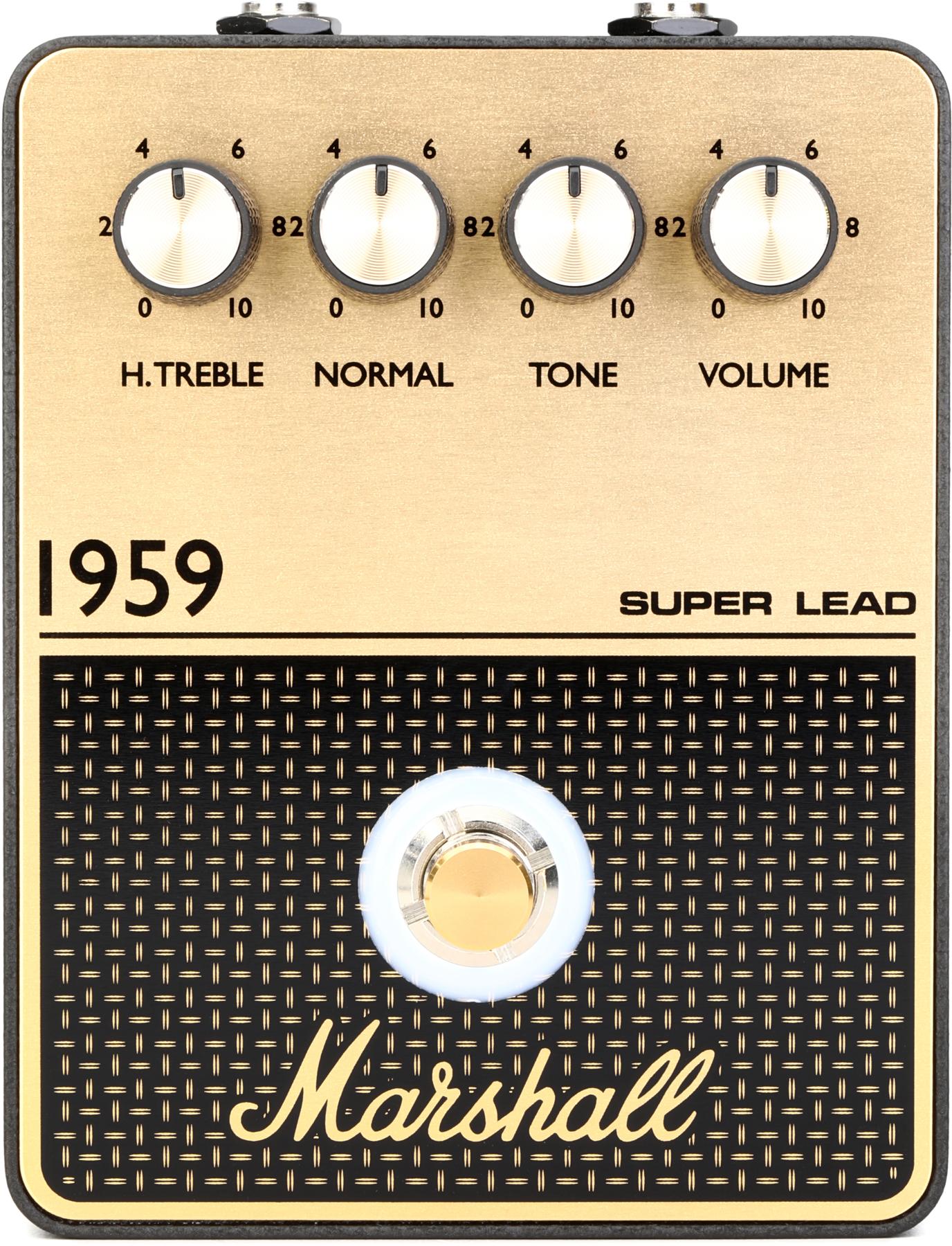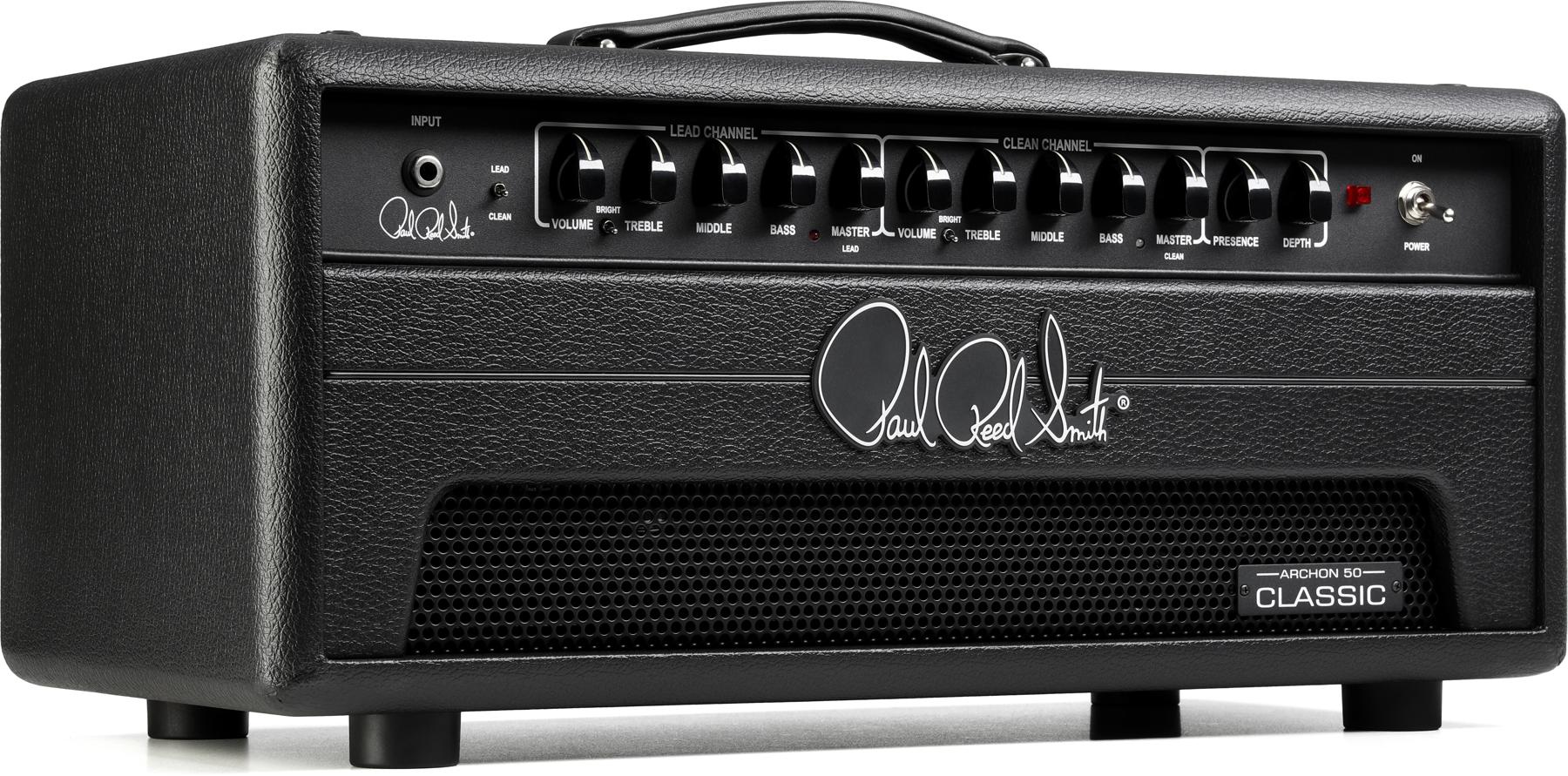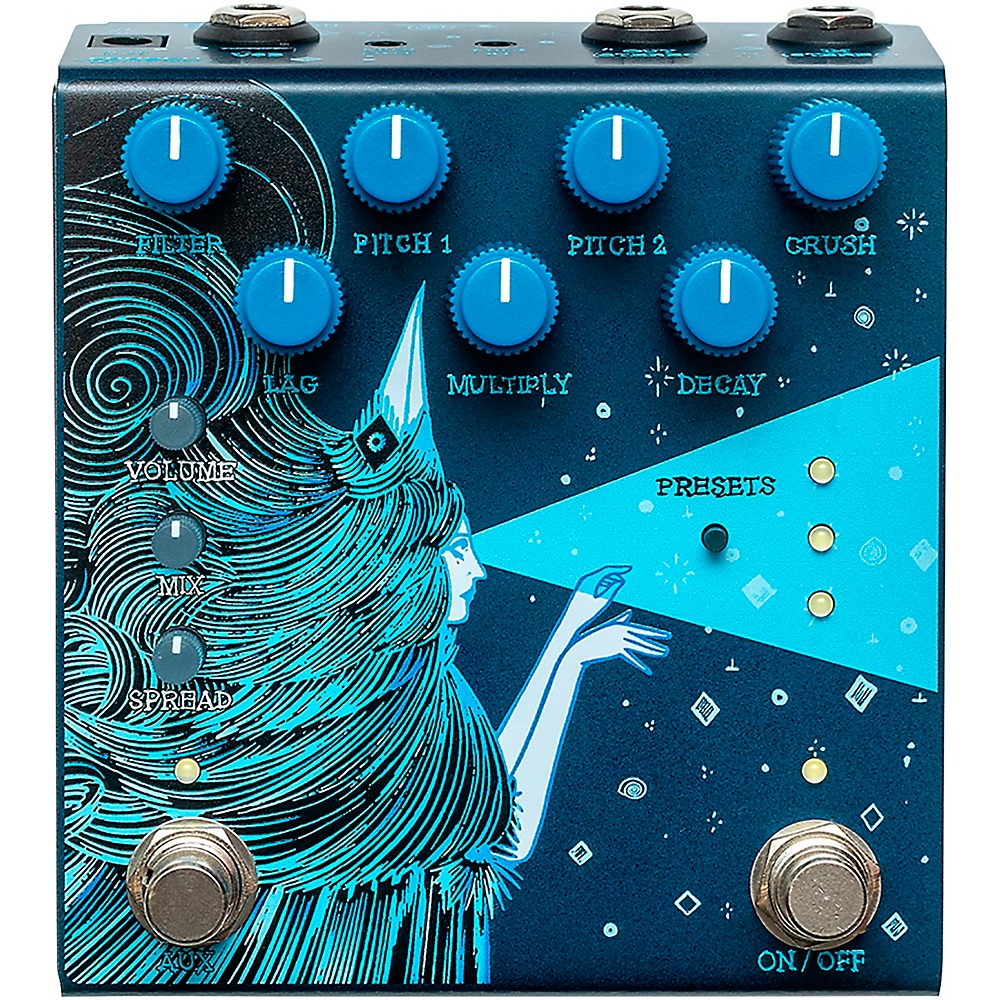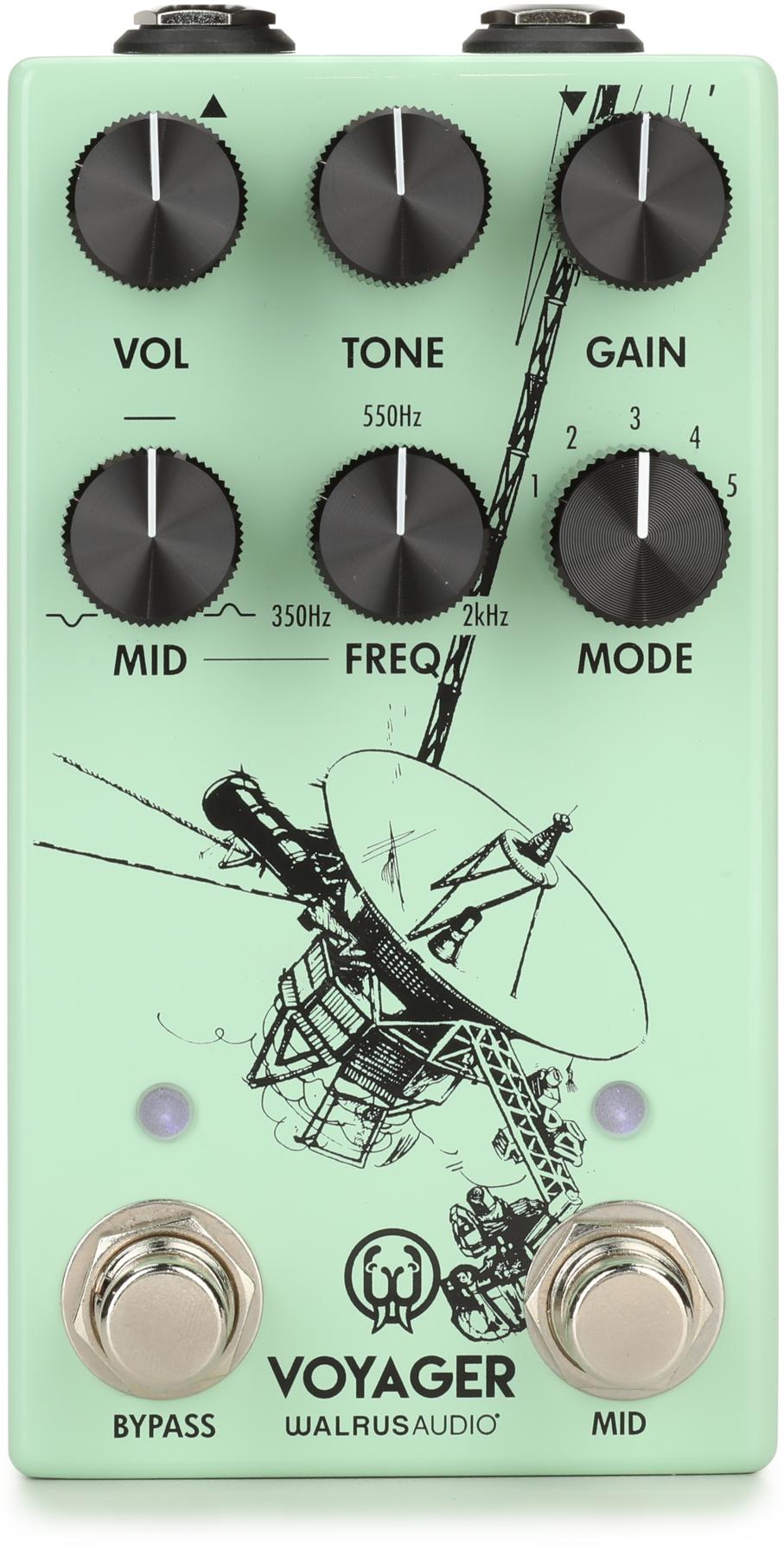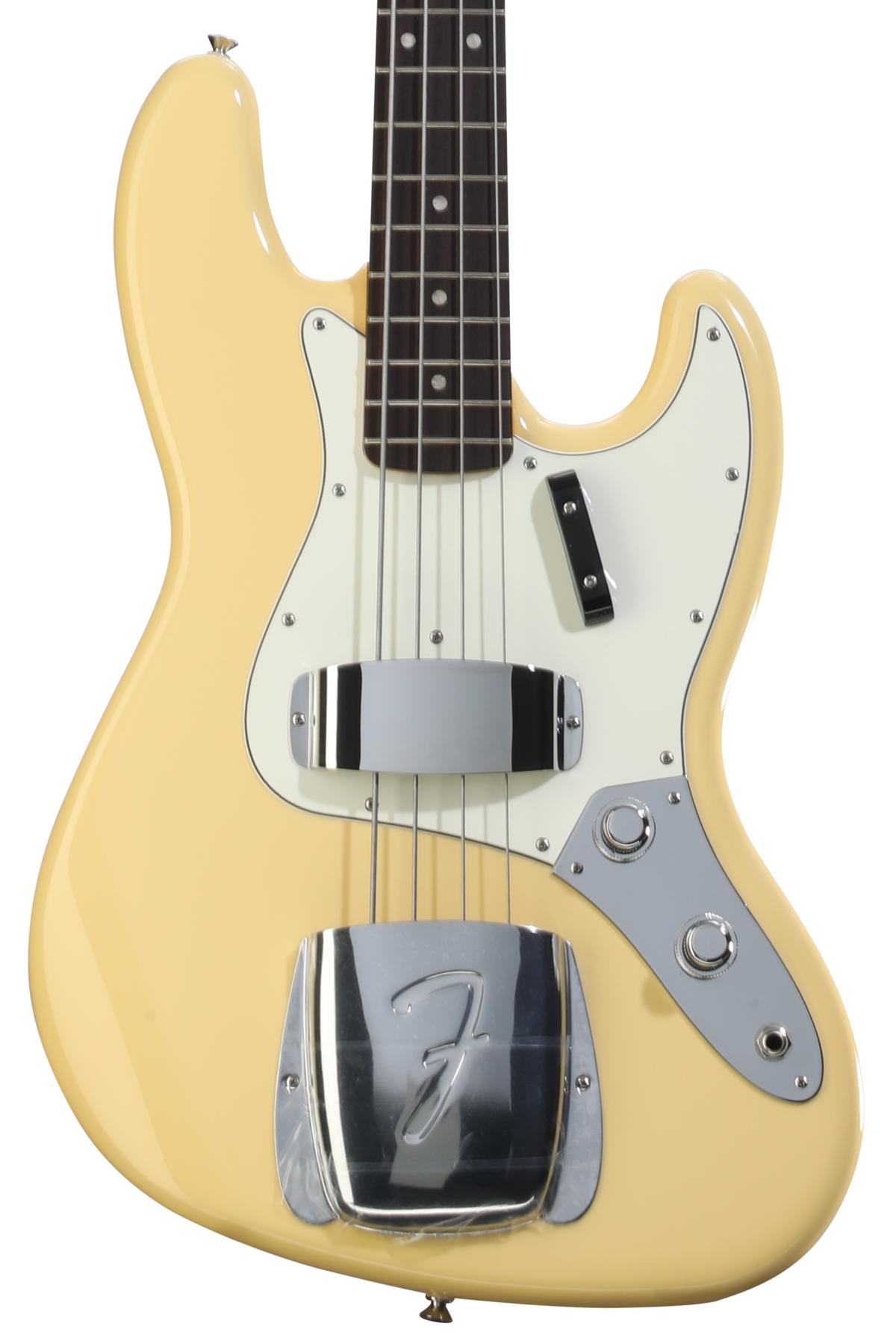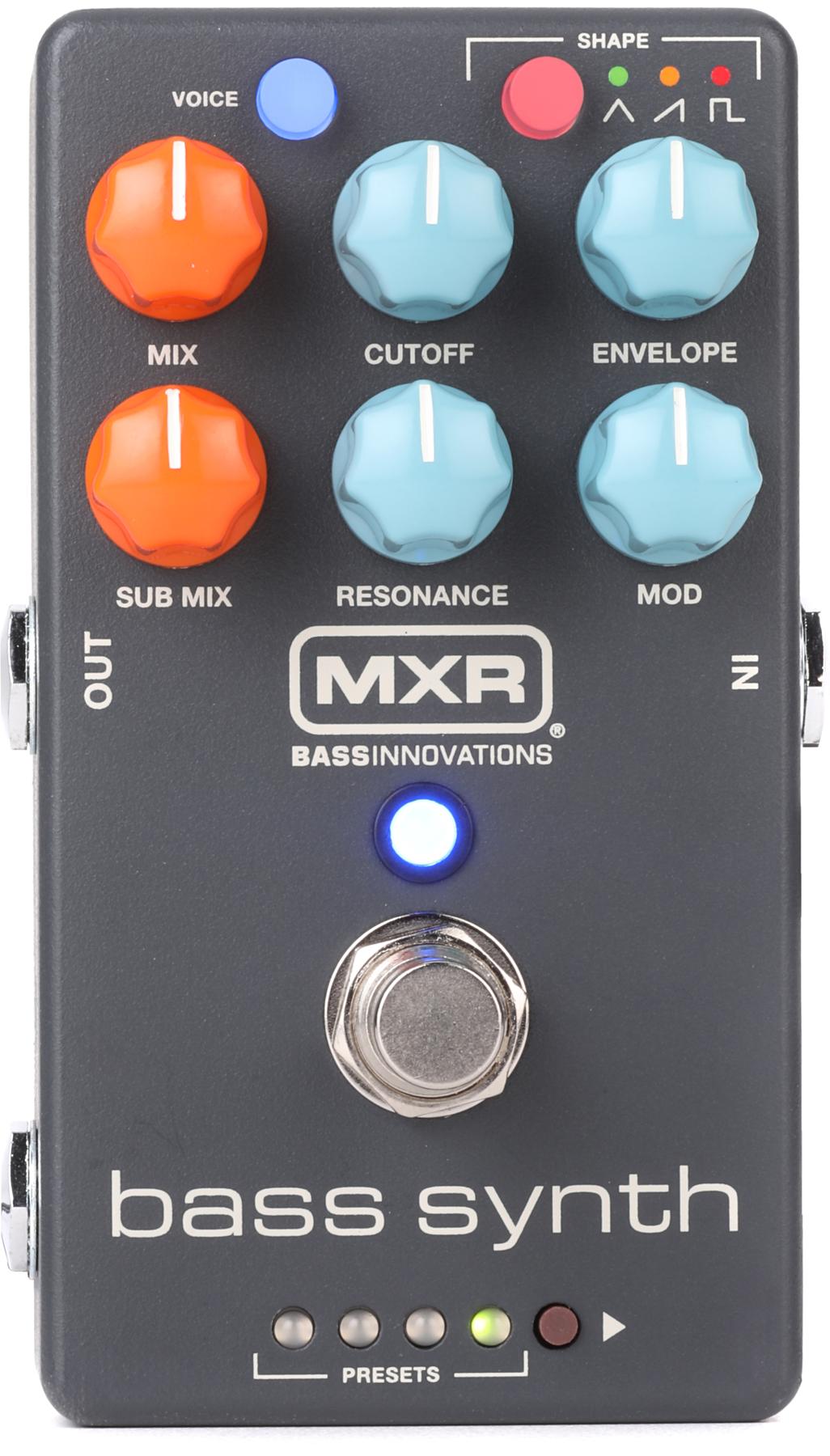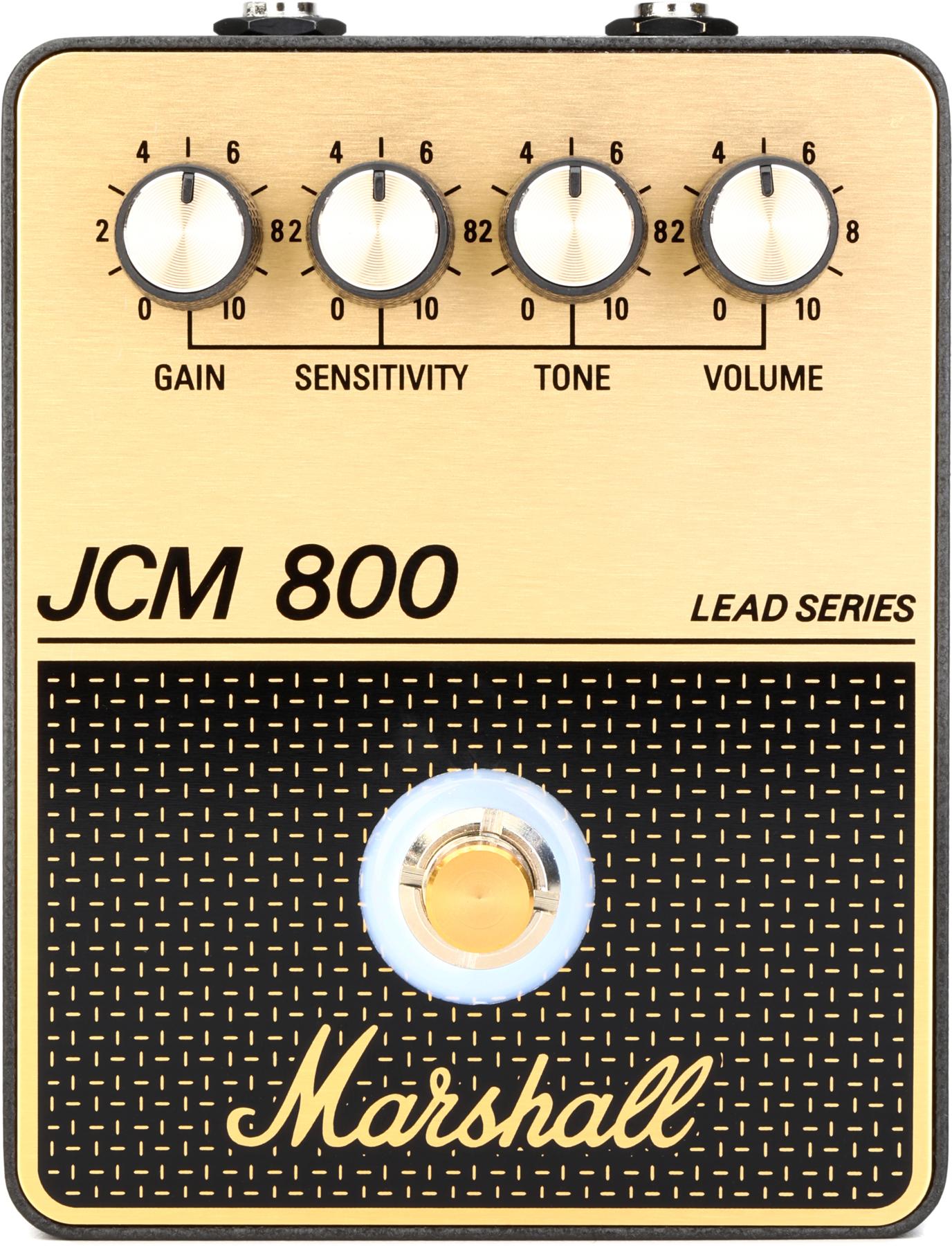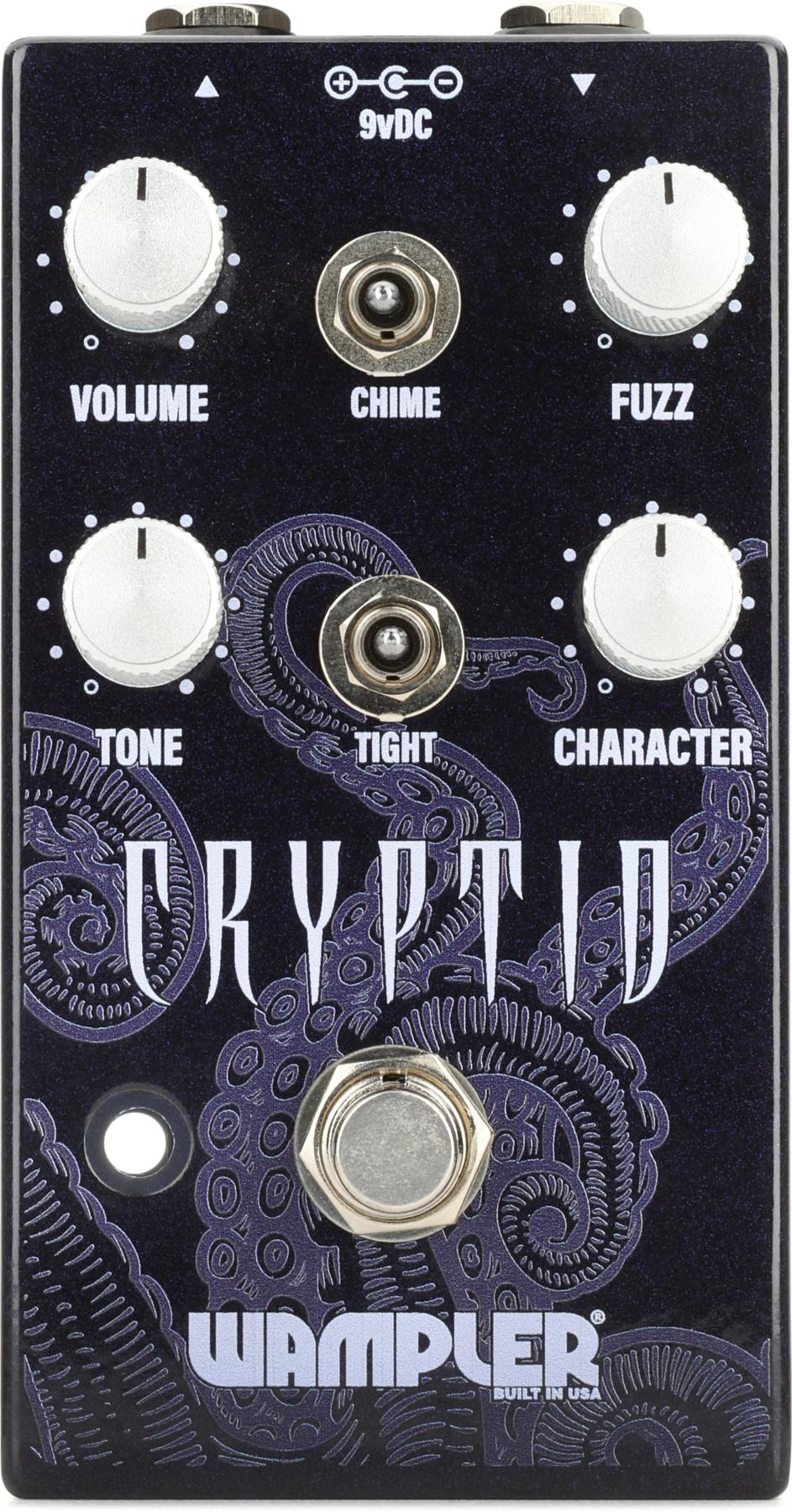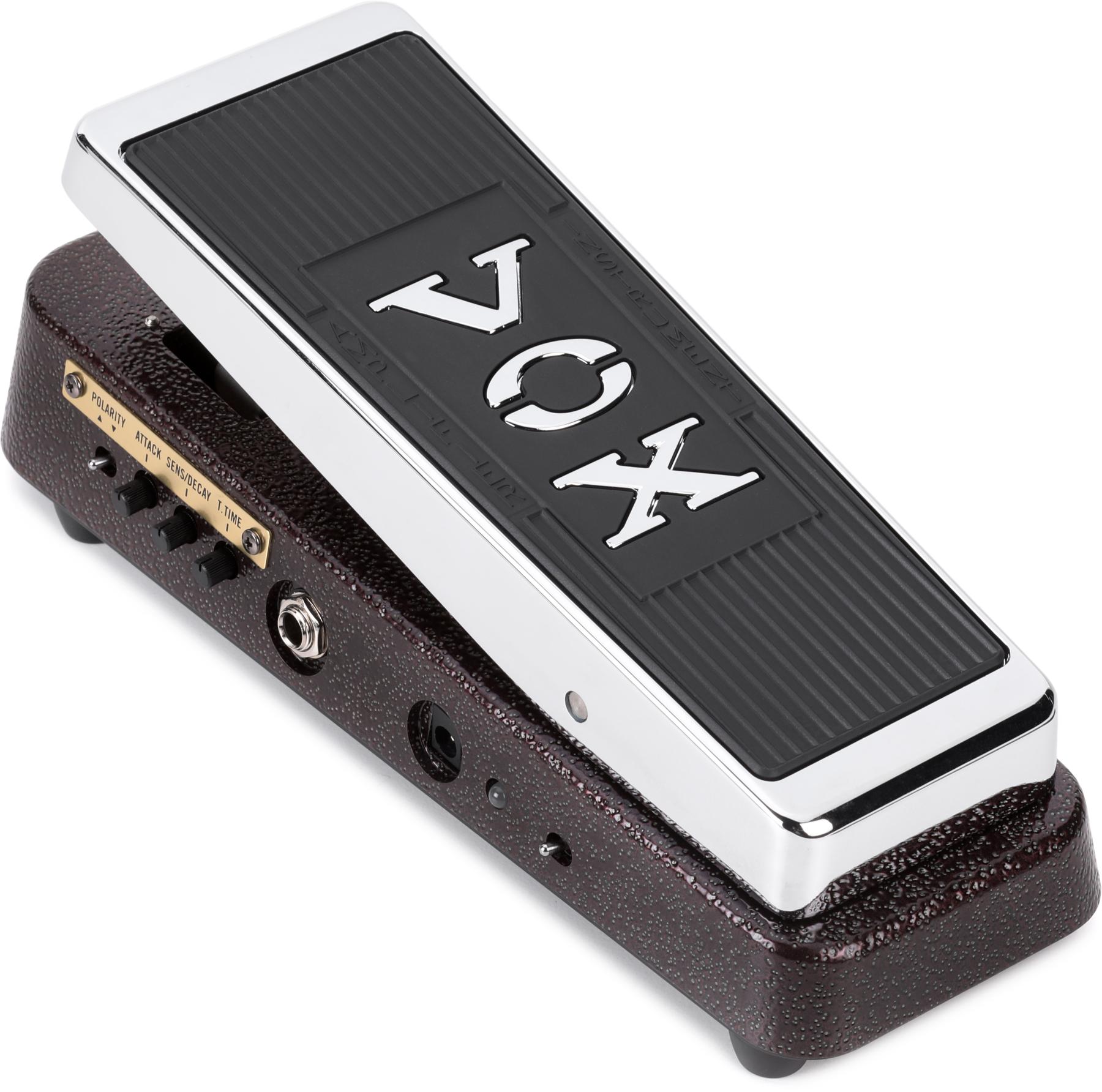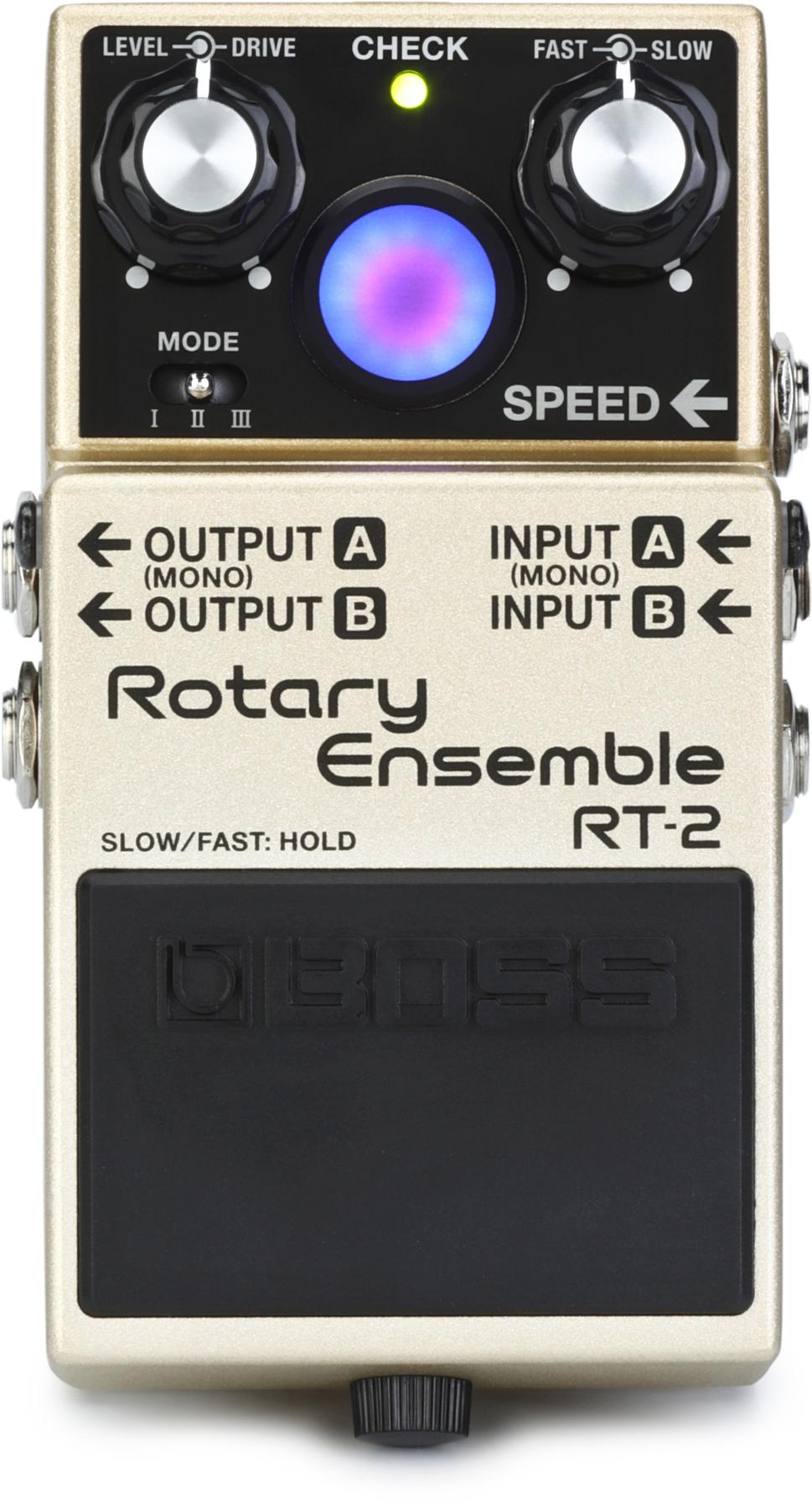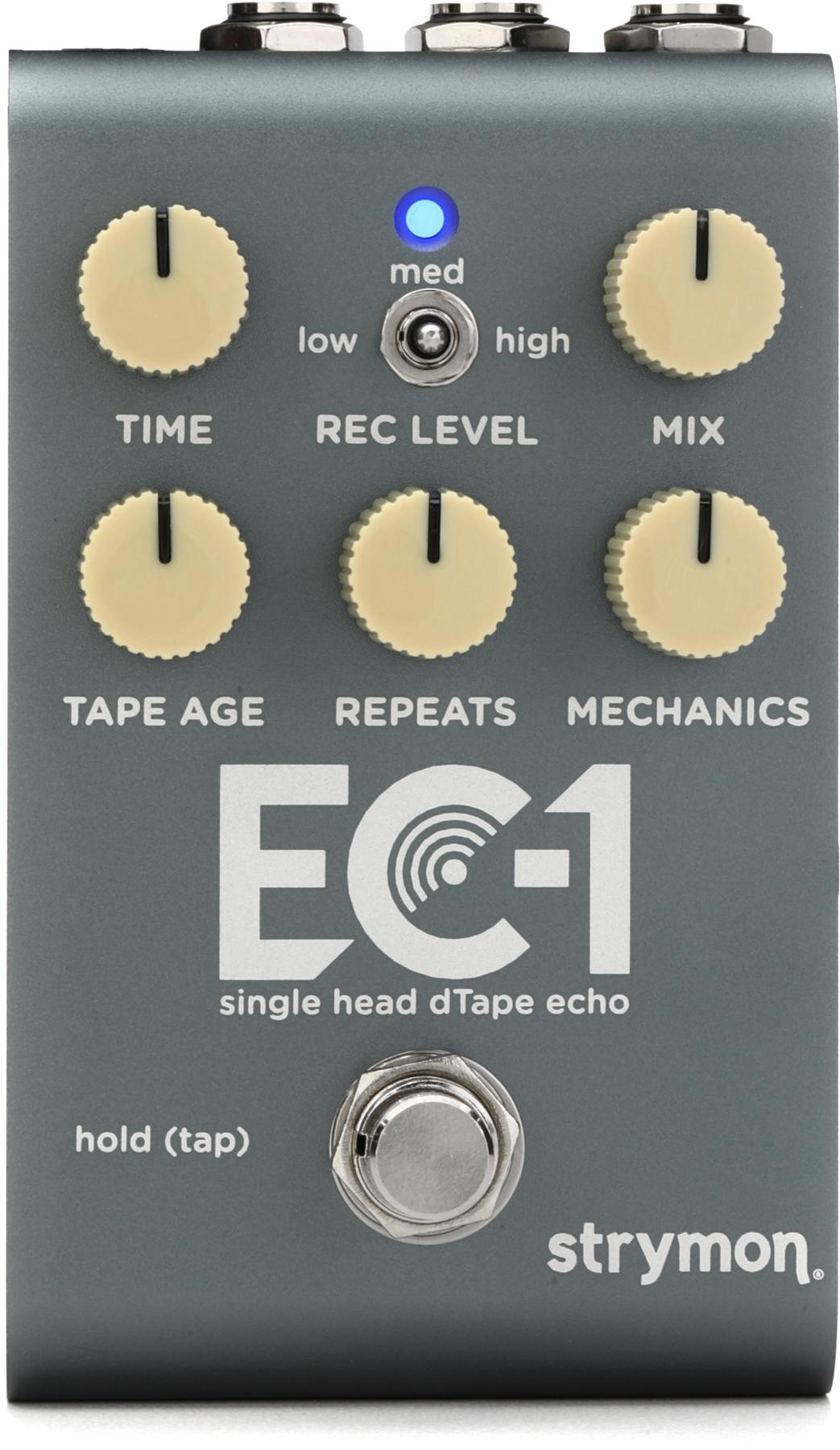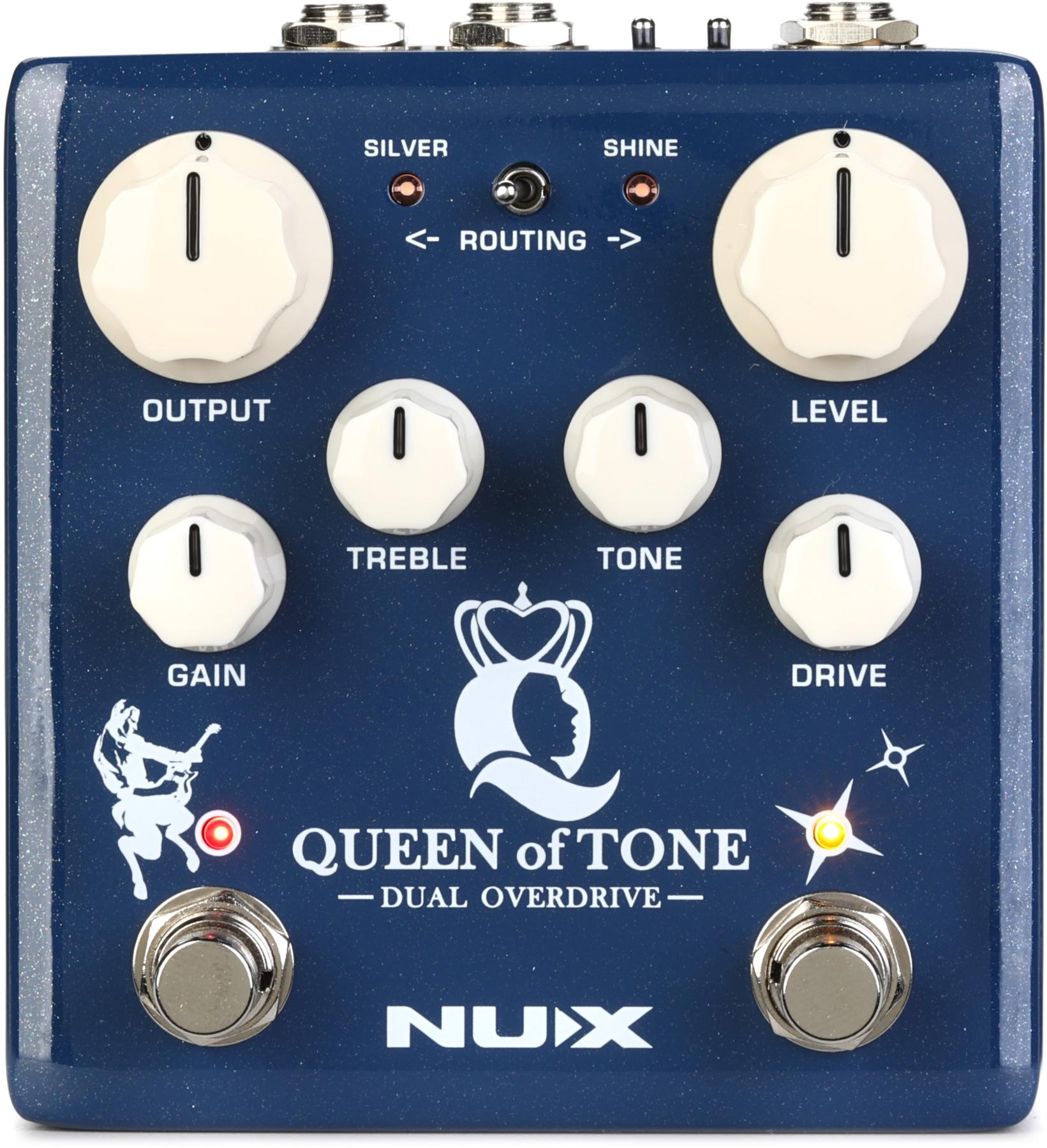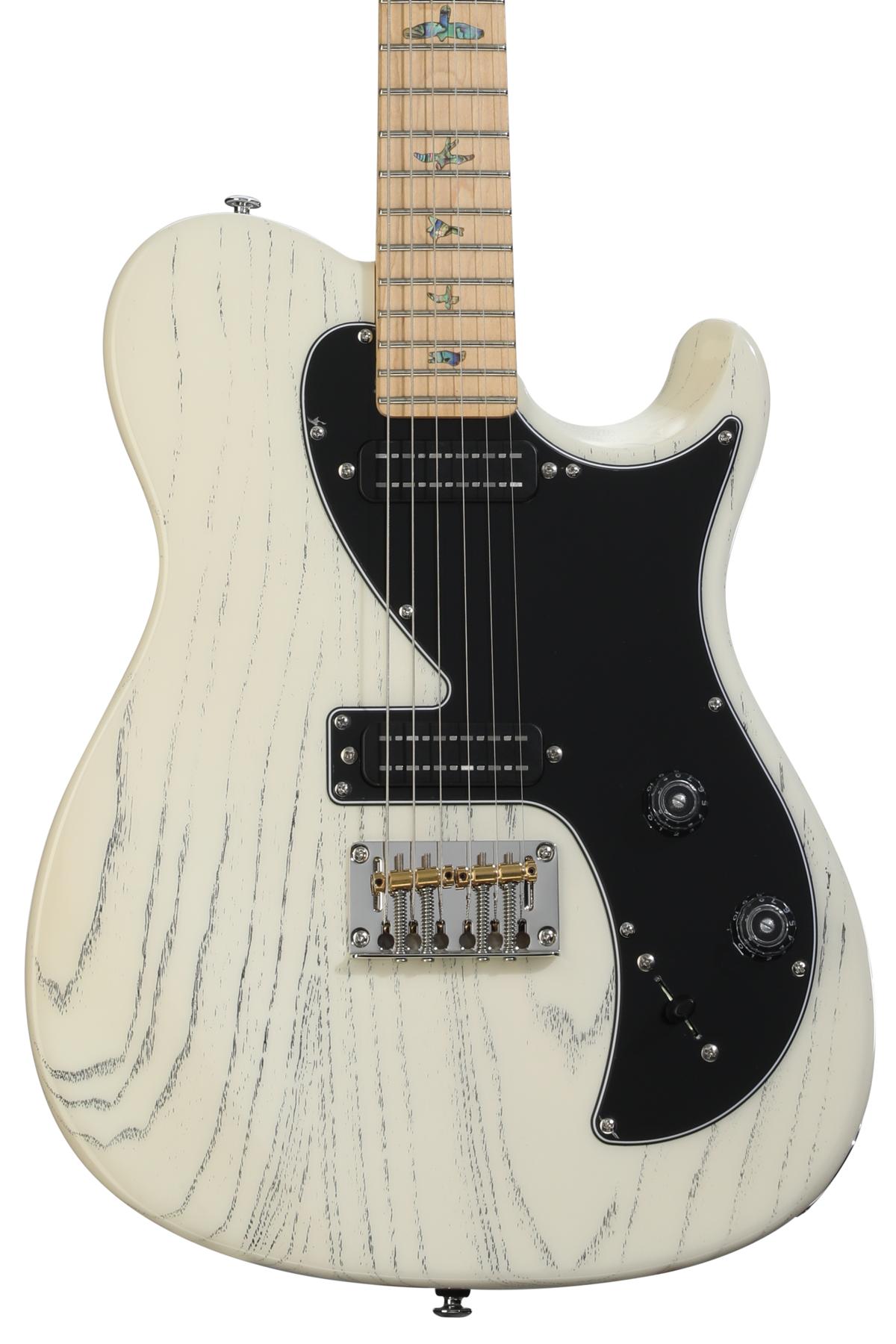I'd love to do a show just with Pigtronix mini pedals. The always-creative New York company has built a sizable stable of little stomps that range from practical to weird. Space Rip inhabits the latter category, but its bombastic, belching, bass-y, and buzzy synth sounds would certainly be a highlight of whatever presentation I might concoct.
When combined with certain amounts of dry signal you can conjure singing ringing-and-fuzzy composite tones that evoke trashy cellos or gamelans from some dusty, broken Philip K. Dick alterna-verse.
The Space Rip uses pulse-width modulation synthesis to generate fuzzy square and sawtooth waves. The unusual control set uses an equally unusual set of functions to manipulate these waveforms—among them, a VCO modulation rate knob, a somewhat tricky fine tuner that you can almost use as a pitch-bend effect, and a fairly massive-sounding sub-octave mix knob. There's also a very welcome wet/dry mix knob. I don't term the mix knob "welcome" because the synth sounds are repellent or hard to manage. On the contrary, they can be rich and sonorous.
All sounds (apart from drum machine) are the Space Rip with a Fender Telecaster and black-panel Fender Tremolux. Recorded via Universal Audio Apollo Twin into Universal Audio Luna
And when combined with certain amounts of dry signal you can conjure singing, ringing-and-fuzzy composite tones that evoke trashy cellos or gamelans from some dusty, broken Philip K. Dick alterna-verse. As with almost any synth pedal, clean technique pays dividends, and you can summon the most lyrical and fluid effects by concentrating on single-note melodies. Using the same technique and the effective sub-octave control, you can also generate very funky and snappy bass lines with your guitar's lower strings. Be careful hitting that octave button though—it lowers everything, including that fat sub-octave tone, by yet another octave. And while you may not actually rip space, you might dislodge the contents of the china shelf.
Test Gear:
Fender Telecaster, black-panel Fender Tremolux, Universal Audio OX

















